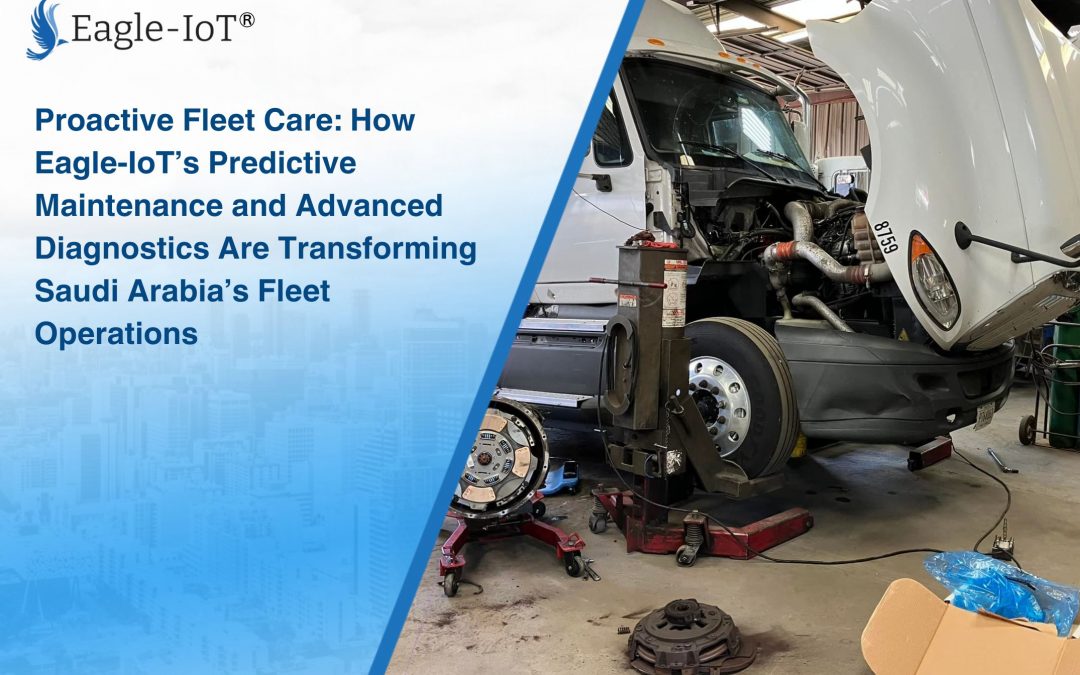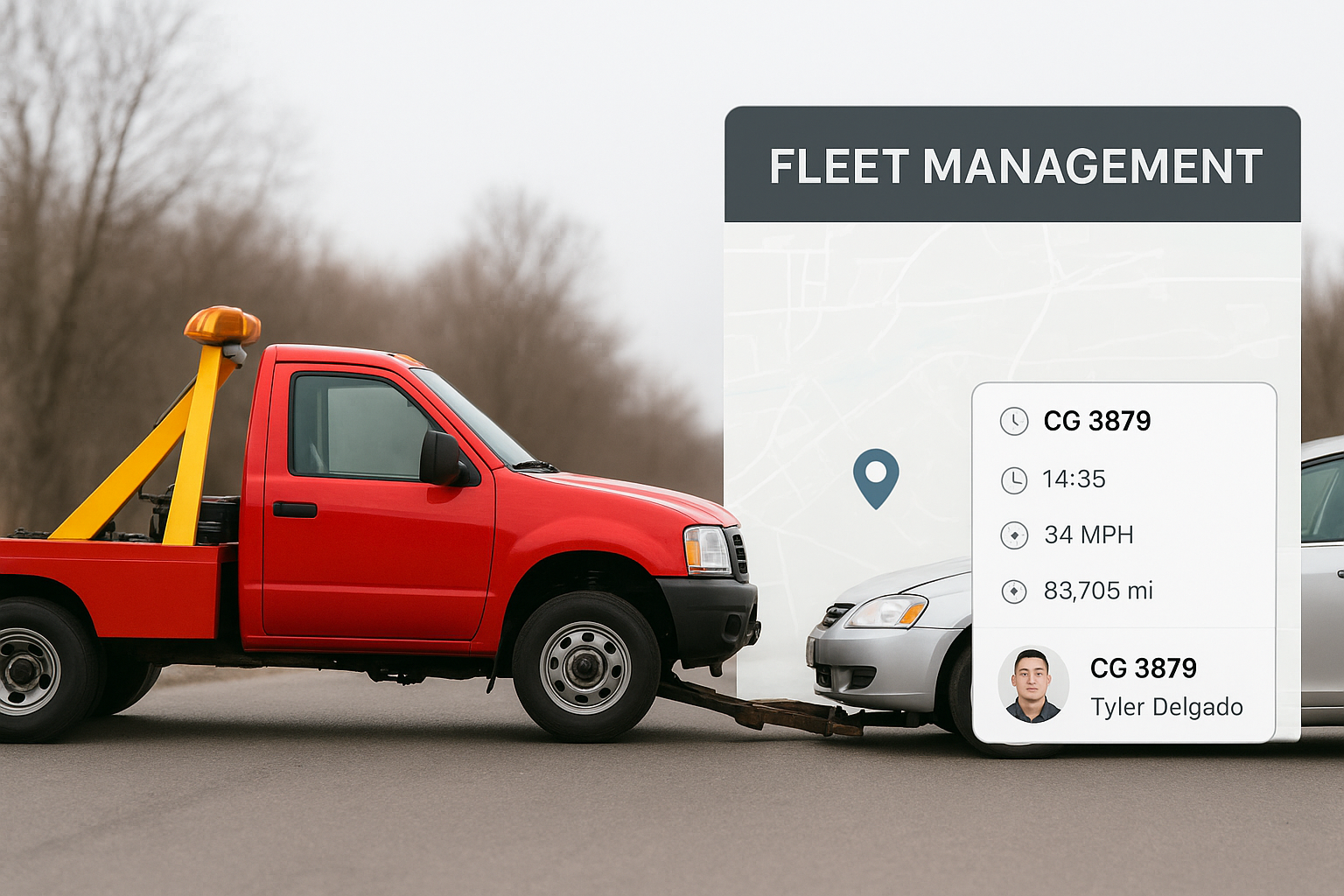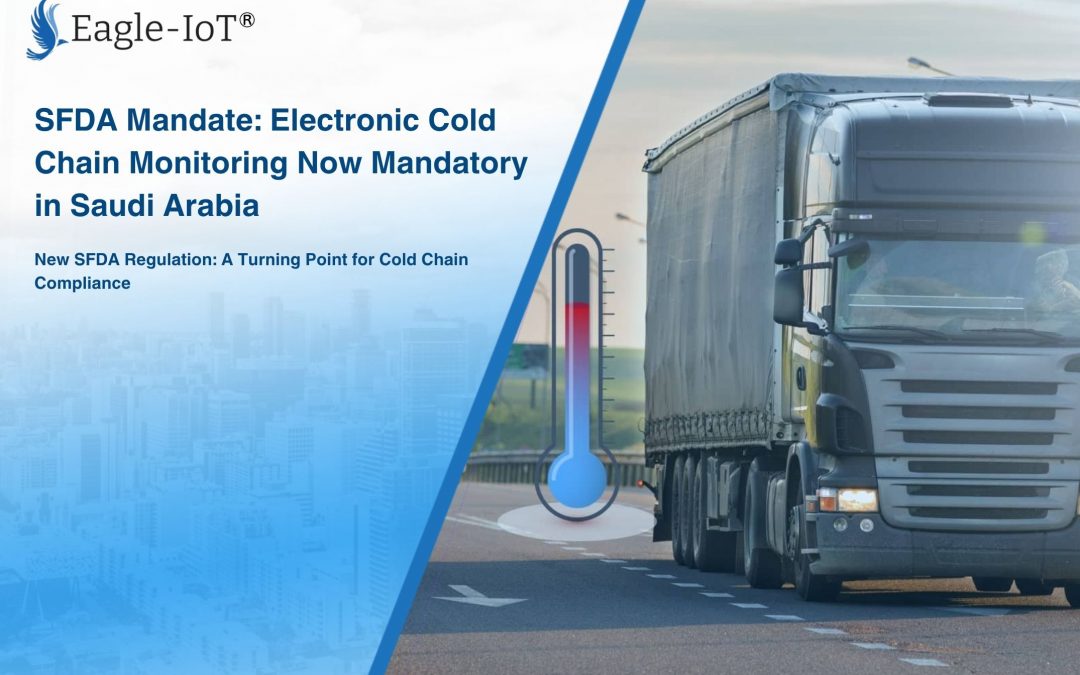
Proactive Fleet Care: How Eagle-IoT’s Predictive Maintenance and Advanced Diagnostics Are Transforming Saudi Arabia’s Fleet Operations
How do you stay ahead in a market where every kilometer counts? For fleet operators, the answer is becoming more complex. Beyond the constant battle with rising fuel prices and evolving regulations, the key to success lies in mastering the internal challenges that can make or break an operation. From unexpected breakdowns to inefficient maintenance schedules and driver management issues, these are the factors that directly impact your service quality and profitability.
Eagle-IoT’s Predictive Maintenance, powered by advanced diagnostic intelligence, is redefining fleet management across the Kingdom. By combining IoT sensors, AI-driven analytics, and comprehensive vehicle health reporting, Eagle-IoT enables fleet managers to detect issues before they escalate, optimize repair schedules, and significantly reduce downtime.
This proactive approach not only supports Saudi Vision 2030 by enabling smarter, technology-led transport solutions but also delivers measurable cost savings and operational efficiency gains.
What Is Predictive Maintenance in Fleet Management?
Predictive maintenance is a data-driven maintenance strategy that uses real-time telematics, vehicle health data, and predictive analytics to identify potential failures before they happen. Unlike preventive maintenance — which services vehicles on fixed schedules regardless of condition — Eagle-IoT’s predictive maintenance ensures interventions are made only when necessary. This reduces waste, eliminates unnecessary repairs, and extends asset life.

Eagle-IoT’s system integrates prognostic vehicle reports, driver parameter monitoring, and component-specific predictive analytics for critical systems including the engine, turbocharger, alternator, battery, and fuel injection.
How Eagle-IoT Predictive Maintenance Works
Data Collection – IoT sensors, GPS devices, and telematics modules collect real-time data on vehicle performance, driver behavior, and component health.
Data Transmission – Information is securely sent to Eagle-IoT’s cloud platform, even from vehicles operating in remote areas.
Data Analysis – AI and machine learning models assess KPIs such as fuel consumption, brake wear, turbo boost pressure, DPF regeneration, battery charging, and cooling system performance.
Predictive Alerts – The platform triggers maintenance alerts when early signs of wear or malfunctions are detected.
Actionable Decisions – Fleet managers schedule repairs at optimal times, minimizing operational disruption.
Advanced Diagnostic Features in Eagle-IoT’s Platform
Eagle-IoT’s predictive maintenance solution goes far beyond standard servicing reminders — it delivers complete diagnostic visibility to keep fleets running at peak performance.

Prognostic Vehicle Reports
Accurate forecasts of component wear and failure risk, enabling proactive maintenance planning.
Driver Parameter Monitoring
Track 20+ exceptions such as over-speeding, excessive idling, hard braking, and free running to identify and correct unsafe or wasteful driving behaviors.
Predictive Analytics for Key Components
Monitor engine health, turbocharger efficiency, alternator and battery charging, lubrication systems, and cooling performance to detect issues early.
Comprehensive Fault Code Insights
Get Diagnostic Trouble Code (DTC) alerts with cause, symptoms, and recommended actions. Maintain a full history of active and resolved faults.
Fuel System Intelligence
Fuel Tracking: Detect irregular fuel filling, abnormal consumption, and potential theft.
Fuel Pilferage Analysis: Identify unauthorized fuel withdrawals.
AdBlue Monitoring: Detect dosing system faults to maintain emission compliance.
Engine & Cooling System Health
Identify risks such as engine overrun, block fatigue, lubrication failures, and overheating before they cause major downtime.
Emission & Performance Optimization
Track DPF regeneration cycles, electronic fuel injection efficiency, and turbo boost pressure to ensure compliance and maximize output.
Driver Incentive Programs
Create customized performance rankings and reward systems to encourage efficient, safe driving that reduces wear and fuel costs.
Benefits of Eagle-IoT Predictive Maintenance for Saudi Fleets
Improved Fuel Efficiency
Optimizing driver habits, maintaining proper tire pressure, and ensuring correct engine lubrication improves fuel economy.
Extended Vehicle Lifespan
Consistent, condition-based servicing keeps assets in peak condition for longer.
Enhanced Safety & Compliance
Meeting Saudi Arabia’s strict maintenance and safety regulations becomes effortless, with less risk of accidents due to vehicle faults. .
Vision 2030 Alignment
Adopting predictive, IoT-based fleet management supports national goals for sustainable, smart transport infrastructure.
How Saudi Fleets Are Using Eagle-IoT Today
Across logistics, passenger transport, delivery, and construction sectors, Eagle-IoT customers are using:
Daily Vehicle Reports for operational oversight.
Hub-to-Hub Reports for route performance tracking.
Odometer-Based Service Alerts for precise maintenance scheduling.
This real-time intelligence helps them reduce unplanned downtime, control fuel costs, and ensure reliable service delivery. .
Future-Proof Your Fleet with Eagle-IoT
Eagle-IoT’s fleet management system combines predictive maintenance, AI-powered analytics, and advanced diagnostics to give you complete operational visibility.
With Eagle-IoT, you can: :
- Monitor all critical vehicle systems in real time.
- Detect and address fuel theft, AdBlue dosing issues, and DPF regeneration failures early.
- Receive comprehensive fault code insights with actionable recommendations.
- Reward driver performance with data-backed incentive programs.
Whether you operate 10 vehicles or 1,000, Eagle-IoT empowers you to predict failures, extend asset life, and achieve maximum operational efficiency.
Conclusion
Predictive maintenance is no longer an optional tool for fleet operators in Saudi Arabia — it’s a competitive advantage. By combining Eagle-IoT’s predictive analytics with advanced diagnostics, fleets can reduce downtime by up to 40%, cut maintenance costs by 25%, and improve both safety and compliance.
This technology not only transforms fleet reliability but also helps organizations meet the demands of a fast-evolving transport industry in line with Saudi Vision 2030.












